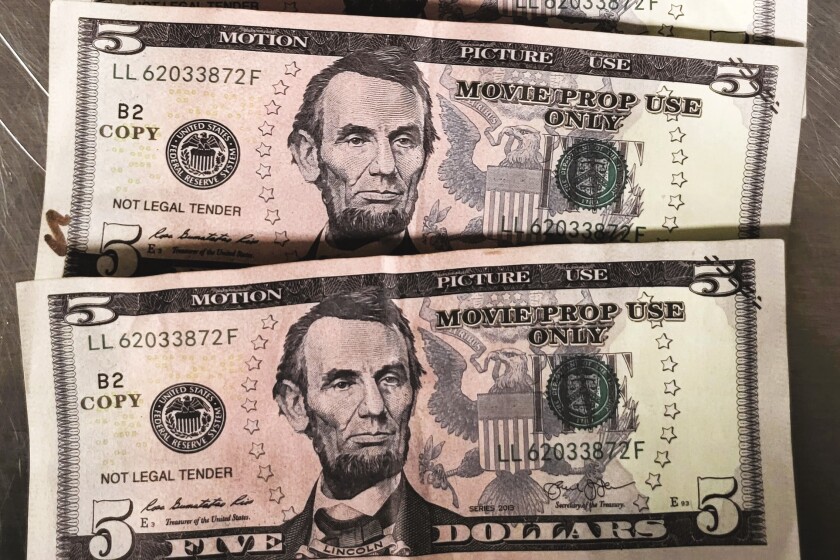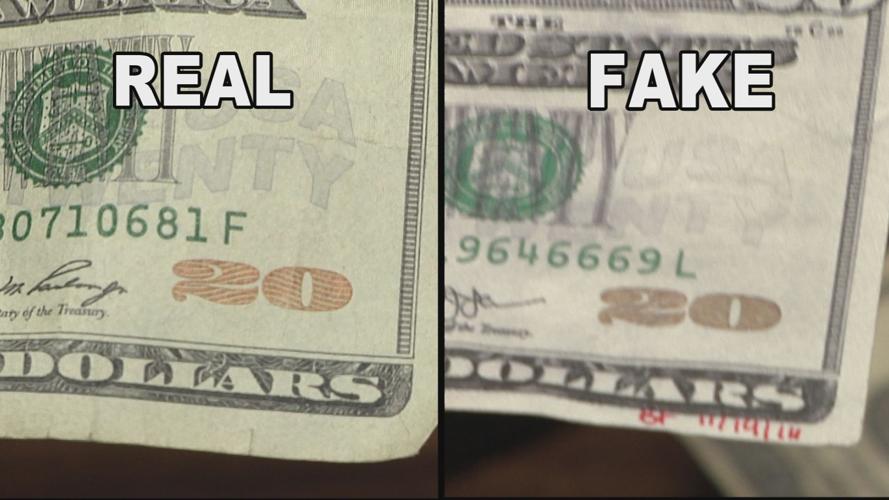Explore the Uses of Funny Money in Artistic Creations and Theatrical Performances
Phony cash, frequently associated with deceptiveness and illegality, holds a strange allure when it finds its method into the realm of theatrical performances and creative creations. Its history is laden with intricate stories that have actually motivated artists to integrate these replicas into their works. From the visual arts to the significant stage, copyright currency has been used in intriguing manner ins which challenge perceptions and prompt thought. As we look into the complex uses of funny money in these innovative domains, we begin to reveal a globe where credibility and replica blur, motivating us to examine the actual nature of worth and representation within art and performance.

Historic Significance of Fake Cash in Art
The historical value of funny money in art is a complicated and fascinating topic that sheds light on the junction of creativity, subversion, and socio-political commentary. Throughout background, musicians have made use of funny money as a tool for difficult social norms, examining the value of money, and making powerful declarations about riches and power.
One of the most notable examples of funny money in art go back to the Dada activity of the early 20th century - copyright money for sale. Musicians such as Marcel Duchamp and Hannah Höch incorporated copyright right into their works to slam the capitalist system and discover the principle of worth in a rapidly transforming world
Additionally, during times of economic instability or political upheaval, funny money has been used by artists as a type of demonstration or disobedience. By producing and flowing phony money, musicians have been able to interrupt the standing quo, obstacle authority, and provoke essential discussions regarding the duty of money in culture.
Effect of copyright on Visual Arts
Influencing the visual arts landscape, phony currency has actually functioned as a thought-provoking tool for artists looking for to challenge conventional point of views on riches and business. By incorporating phony money right into their jobs, musicians provoke discussions on the nature of worth, credibility, and societal understandings of wealth. Via the assimilation of copyright money, aesthetic artworks can confront customers with concerns concerning the power dynamics integral in monetary systems and the illusions of success. Using phony money in art also raises moral factors to consider relating to the boundaries of creative expression and the implications of duplicating lawful tender. Furthermore, phony money in aesthetic arts can work as a discourse on consumer culture, materialism, and the unrelenting quest of wealth in modern society. Generally, the effect of copyright currency on visual arts is diverse, stimulating crucial reflections on the intersection of money, art, and societal worths.
Meaning and Significance in Theatrical Fake Displays
Using theatrical copyright screens, artists utilize symbolic representations to share deeper definitions and evoke provocative analyses within the realm of efficiency art. Via the incorporation of fake cash in theatrical productions, developers can check out themes such as greed, power, corruption, and the illusion of wealth. The use of phony money on stage can act as a metaphor for social problems, economic variations, and the delicacy of monetary systems.
In staged performances, the symbolic worth of imitation money expands past its financial well worth. It can signify the deceitful nature of looks, the quest of materialistic wishes, and the consequences of underhanded anchor actions. By utilizing funny money as a prop, artists can test target markets to question the real significance of wealth and the moral borders that people might go across in its quest.
Honest Factors To Consider being used copyright Money for Art

One significant ethical factor to consider is the possible legal effects of making use of funny money in art. Counterfeiting currency is unlawful in a lot of countries and can result in serious repercussions for musicians that purposefully incorporate imitation bills right into their work. copyright money for sale. This not only places the musician in danger yet also questions regarding advertising illegal activities with art
Furthermore, there is a moral issue relating to the credibility of the artwork itself. Using copyright blurs the line between reality and imitation, possibly tricking audiences and jeopardizing the stability of the imaginative item. Musicians must take into consideration whether the usage of imitation money aligns with their values and creative intents, evaluating the possible effect on their credibility and credibility.
Future Trends in Funny Money Integration
Taking into consideration the developing landscape of creative expression, the unification of funny money in creative jobs may witness a shift in the direction of innovative and intriguing opportunities. As musicians remain to push boundaries and discover new mediums, funny money might significantly be utilized to test societal norms, examine the worth of currency, or make effective declarations regarding wide range and consumerism.
One future fad in funny money integration might be its utilization in immersive art installations where audiences are encouraged to connect with the pieces, obscuring the lines in between fact and illusion. Additionally, developments in technology might cause the development of recommended you read hyper-realistic funny money that is practically identical from authentic currency, opening up opportunities for even more thorough and elaborate art work.
Moreover, partnerships between musicians and counterfeiters could cause unique pieces that integrate standard creative methods with the craftsmanship of developing copyright. Honest considerations surrounding the validity and morality of using copyright money in art will certainly continue to be a factor of opinion as these future fads unravel.
Verdict
In final thought, the uses of copyright money in creative creations and staged efficiencies additional reading have a long background and continue to be a resource of inspiration for musicians. The integration of fake cash in art is likely to continue evolving in the future.
Generally, the impact of copyright currency on visual arts is diverse, boosting vital reflections on the crossway of cash, art, and social values.

In verdict, the usages of copyright in theatrical efficiencies and imaginative creations have a long history and proceed to be a source of ideas for artists. Ethical considerations need to be taken right into account when using copyright cash for creative purposes. The assimilation of imitation cash in art is most likely to proceed evolving in the future.